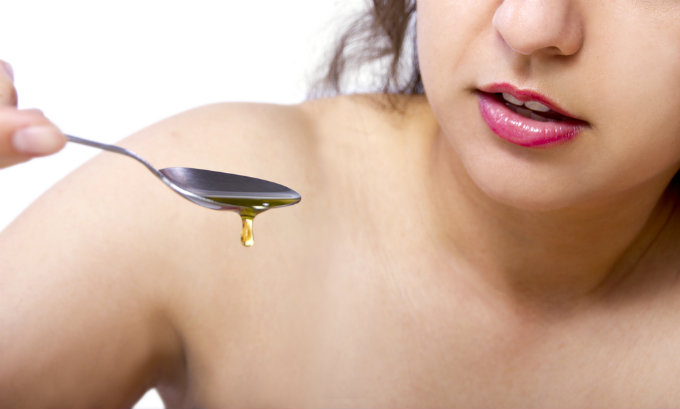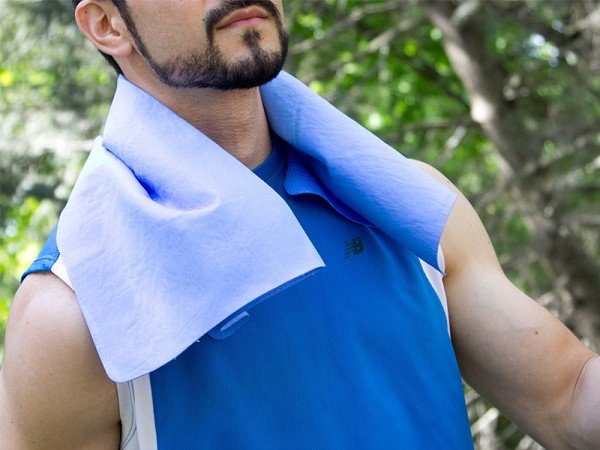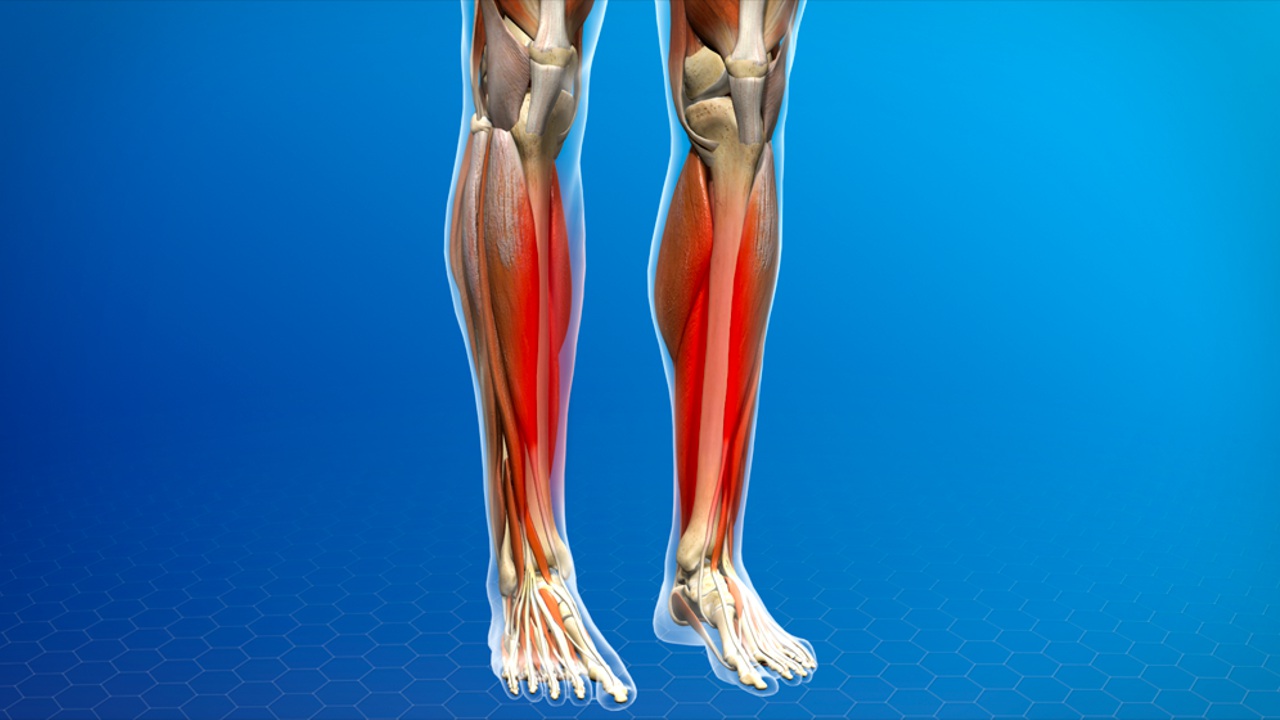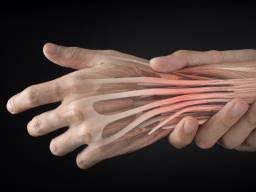By: Dr. Alyssa Musgrove
With the gorgeous summer weather in Georgia’s lake country comes mosquito and bug bites, especially since most of us reading this article reside near water. Pests usually leave you with a red bump and an annoying itch but some can also lead to more serious conditions. The good news it if you do end up coming in contact with undesirable pesky bugs there are home remedies that are natural, simple and effective. This article will also cover excellent ideas for bug repellent that is not harmful for the human body. Stinky store bought spray is not your only option.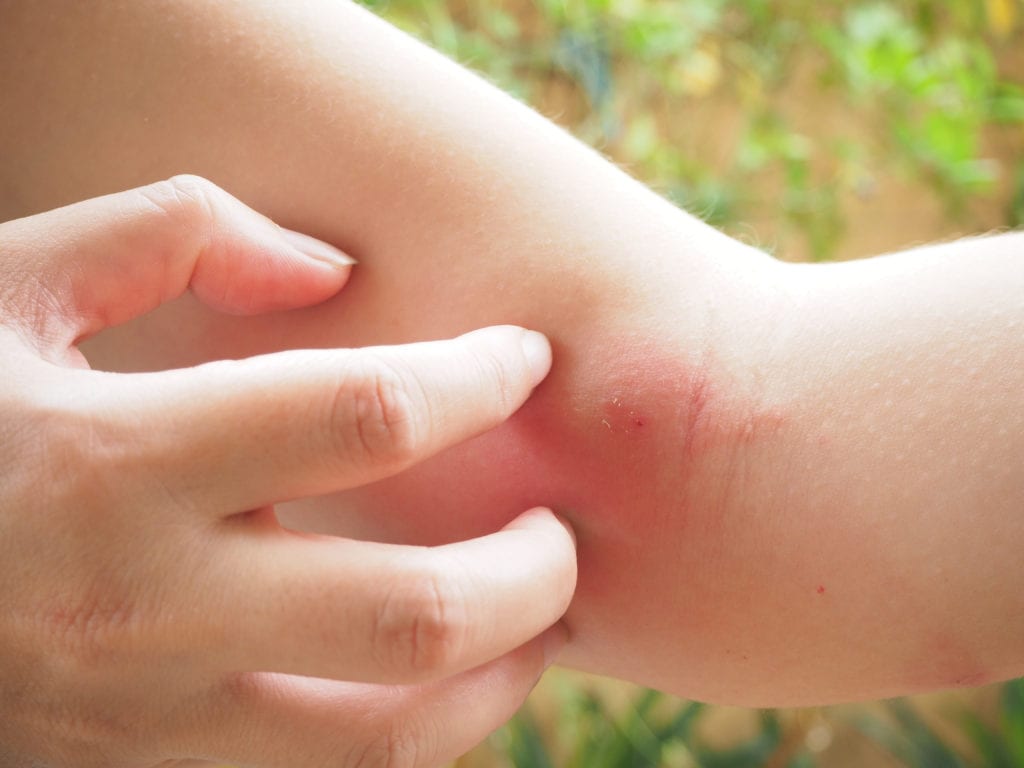
Mosquito’s have many different species (more then 3,000 in the world) and not all mosquito’s have the potential to carry parasites, pathogens and diseases like Zika and Malaria. DEET is a common chemical based repellent that has potential health and environmental harm. You might choose to avoid using products that are harmful to your body unless you are visiting places that have high risk for disease carrying insect bites. Some countries are more effected then others such as Kenya, Nigeria, Tanzania, South Africa and Ethopia. If you are doing things like hanging out in your back yard, taking a hike, or going camping, natural repellent remedies might be a better option. Children are more sensitive to chemicals, going all natural can be especially important for them.
First we can go over how to avoid getting bug bites in the first place. Bugs love to harbor in free standing water. Take a look around your house to investigate and eliminate areas that hold water. For example check water drains, buckets, tires, areas around the pool and try to get rid of unnecessary items. If water sits from four to seven days, it gives a chance for bugs like mosquitoes to infest. Other areas that can collect water are flowerpots, clogged gutters, trash cans, and bird bath (change water weekly). Next tip is keeping the lawn mowed as tall grass and weeds are one of mosquito’s favorite hang outs.
If you do go out after sunset it is best to cover up and wear long sleeves or pants that are thick enough for mosquito’s not to bite through. Mosquitoes are most active after sunset until sunrise. If you are susceptible to bug bites and want to avoid getting bit then plan outdoor activities at the appropriate times. Bugs are also attract to bright clothing, lights and perfume so avoid those.
Read below to see which natural repellent best suites you and your family needs. First I will mention different essential oils to use. Essential oils should never be put directly on the skin. They are best used with a carrier oil such as fractionated coconut oil (liquid at all temperatures), almond oil, olive oil, jojoba oil, sunflower and avocado oil. Generally speaking the recipe is usually 3 to 5 drops of essential oil to one teaspoon of carrier oil. It is always in your best interest to do a spot test on a small section of your skin and wait an hour to make sure there is no irritation or allergic reaction.
Lemon eucalyptus oil has been used since the early 1900’s as a natural repellent, it smells a lot like the well known citronella. The Center of Disease Control has approved this oil as an effective ingredient in mosquito repellent. You can create your own batch of repellent using 1 part lemon eucalyptus oil and 10 parts sunflower oil or witch hazel.
Citronella is more common essential oil used to make candles to work against mosquitoes. Citronella is made from a mix of herbs and when you are outside citronella candles can actually provide up to 50% extra protection. Using citronella topically can protect you for up to two hours and once the oil evaporates it will leave you unprotected.
Tea tree oil or also known as melaleuca oil is popular for properties like antimicrobial, antiseptic, antimicrobial and also many wound healing benefits. Research also shows it may be effective as insect repellent.
Lavender has a fragrance that can repel mosquitoes with a more calming and enjoyable or tolerable smell. Lavender also has an analgesic (pain relief) qualities that can calm and soothe the skin.
Peppermint oil is not seemed to be liked by most bugs especially mosquitoes and spiders. You can mix peppermint oil and water in a spray bottle and use it in the corners of your home or ceiling to deter spiders and insects. You can use a few drops of peppermint oil with carrier oil and rub it on the bite topically to stop itching and cool the area to keep you from scratching and getting inflamed.
Cinnamon oil can be used to kill off mosquito eggs and oddly enough snakes also hate this oil. A plant store manager once told me to cut up the cinnamon stick brooms and sprinkle in areas outdoors where you would like to fend off snakes. I also got a recipe for fending off snakes with the following oils; mix 4-8 drops of cinnamon oil and clove oil to a gallon of water and spray liberally. I have had people tell me it is helpful to spray around their dock area and pine straw. Keep in mind cinnamon and clove oil is toxic to pets.
The old remedy of putting a tea bag on your bee sting is a true natural remedy for mosquito bites as well. Ingredients in white tea specifically help reduce inflammation and a cold tea bag can soothe the itch and act as a poultice right on the bite to pull out venom and potential toxins. Chamomile tea is a great topical treatment for many skin issues and irritation.
Even with using mosquito repellent you may get an itchy, annoying, painful, red, raised mosquito bite. There are many ways to treat mosquito bites at home, some smell better then others! You can try onions, garlic and bananas can help stop itching. Rub a piece of raw onion, freshly cut garlic or banana peel on the bite itself to help soothe the irritation. Apple cider vinegar can be put on a cotton ball and rubbed on the bite to reduce inflammation and annoyance of bug bites.
